#nebamun
Text

Nebamun, hunting in the marshes (detail)
New Kingdom, 18th Dynasty, c. 1350 B.C.
Tomb of Nebamun, Thebes.
British Museum. EA37977
41 notes
·
View notes
Text
Oh wait, if we're going to have Armand telling his story that gives us a lot of things to look forward to, will we get the chance to see Santino, Allesandra, Riccardo and Bianca? If Marius is on "Daniel's side", will we get a glimpse of Pandora, Bianca or Avicus and Mael? Or even Thornevald? Do you understand? When the Queen arrives, it will be necessary to unite all the vampires capable of thinking clearly. They'll have to fill a huge table with thinking heads.
Not to mention Seth with Fareed and even Nebamun! Aaaaaaah😭😭
If Louis is in his Merrick era then what happens to him will impact almost literally with the end of Akasha (about the things Louis explains in the Prince Lestat era), they're telling a story that covers all the books and so it's something to think about...
#the vampire chronicles#Vc#Iwtv#interview with the vampire#Armand#Louis#Lestat#Daniel Molloy#Marius#Avicus#Mael#Thorne#Thornevald#Bianca#Pandora#Santino#Riccardo#allesandra#Seth#Fareed#nebamun#Gregory
22 notes
·
View notes
Text

mARTch day 16, Favorite Colors
Based on the patterns for the ceilings in Nebamun and Ipuky's tomb
#i'm a ~vibes~ based color picker#these are the swatches i was the most drawn to today#saturated colors#my beloved#mARTch2024#mARTch#nebamun#egyptian art#my stuff#pattern
7 notes
·
View notes
Photo

Kafek & Neb belong to me,
Oracle belongs to sleepingwoolf,
Opal belongs to laceyribbon
Posted using PostyBirb
#oc#original character#nebamun#kafek#sand glimmers#opal#oracle#mythical#monster#sphinx#catgirl#mythical creatures
2 notes
·
View notes
Text
Nebamun: A Middle-ranking African Official of Ancient Egypt
Nebamun, a middle-ranking official in ancient Egypt during the New Kingdom period around 1350 BCE, held the important and practical role of “scribe and grain accountant” at the revered temple complex near Thebes. His significance stemmed from his association with the state-god Amun and the vital function of managing grain supplies in Egypt. Although not of the highest rank, Nebamun’s…

View On WordPress
#African History#ancient Egyptian society#Ancient Egyptians#ancient egyptians history#Middle-ranking Official#Nebamun#New Kingdom
0 notes
Text

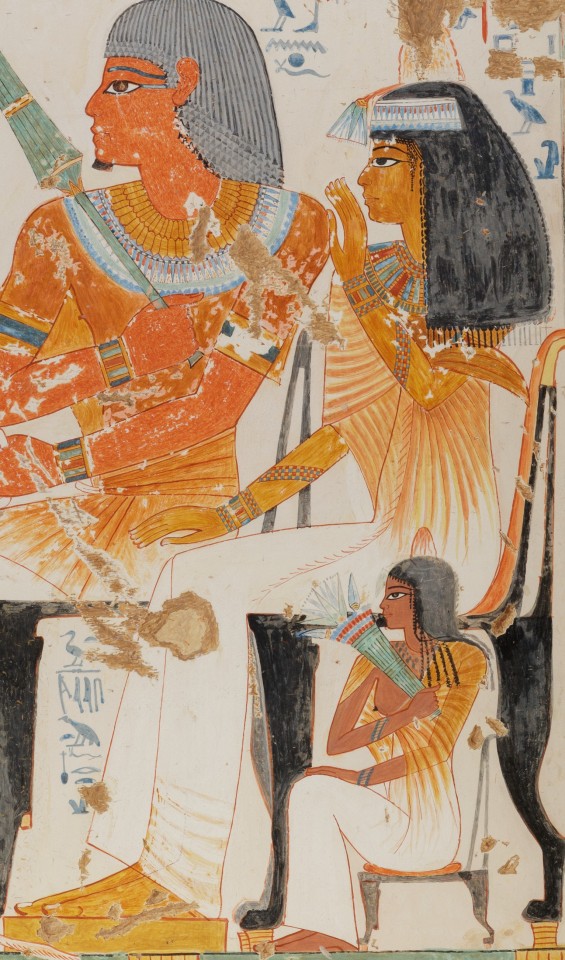
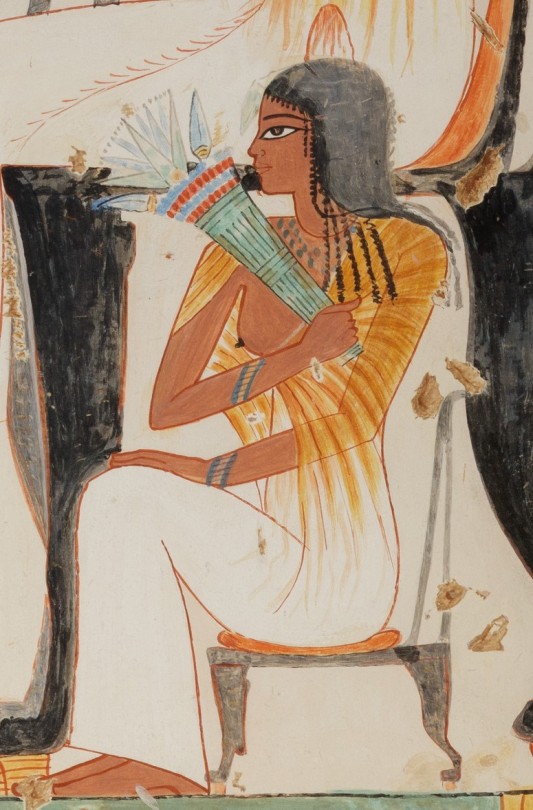
Nebamun Receiving Wine - Met Museum
Note: This is a Twentieth Century Copy
Inventory Number: 30.4.106
Original Dating: New Kingdom, Dynasty 18 ca. 1390–1349 B.C.
Location Information: Original from Egypt, Upper Egypt, Thebes, el-Khokha, Tomb of Nebamun and Ipuky (TT181)
Description:
Banquets happened during funerals or at celebratory occasions, such as the Beautiful Festival of the Valley. Guests at banquets are usually depicted with fine clothing and elaborate jewelry, and in a state of eternal youth.
The facsimile here shows the right part of one large banquet scene (for the left part see 30.4.105). On the right, the largest figure depicts the deceased, the sculptor Nebamun, with his immediate family members, while other attendees are featured in smaller sizes to the left. Standing before him is a female figure—Henutnefret, his wife or sister—who hands him a bowl of wine with the words "Drink and make a happy day!" Attendees often consumed an excessive amount of alcohol during these celebrations.
#nebamun receiving wine#met museum#tomb of nebamun#tomb of nebamun and ipuky#nebamun#ipuky#upper egypt#thebes#el khokha#el-khokha#30.4.106#new kingdom#new kingdom pr#dynasty 18#womens clothing#NKPRWC
0 notes
Text

Garden of Nebamun
* c. 1350 BCE, 18th dynasty
* paint on plaster
* Thebes
* British Museum
* (2100x2800)
London, July 2022
#Tomb of Nebamun#fresco#Egypt#14th century BCE#ancient#art#animals#bird#cat#fish#detail#British Museum#my photo
206 notes
·
View notes
Text

Painting from the tomb chapel of Nebamun
New Kingdom, late 18th Dynasty, ca. 1350 BC.
Tomb of Nebamun, Thebes.
Now in the British Museum. EA37976
90 notes
·
View notes
Text

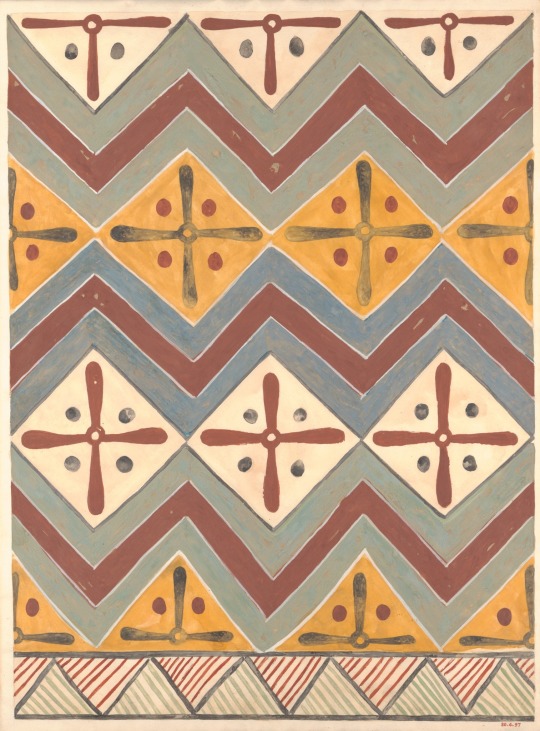
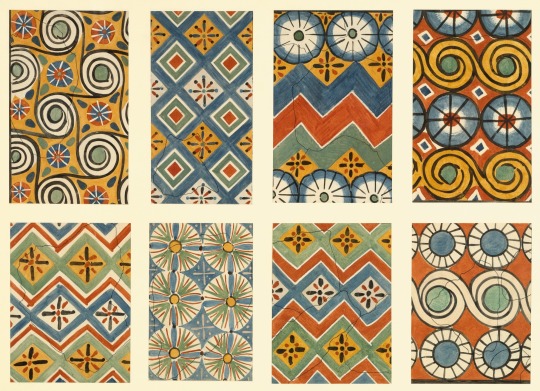
Ceiling Pattern, Tomb of Oenamun, New Kingdom, ca. 1479-1400 B.C., Illustration by Nina de Garis Davies
Ceiling Pattern, Tomb of Oenamun New Kingdom, ca. 1479-1400 B.C., Illustration by Charles K. Wilkinson
Eight Ceiling Patterns, Tomb of Nebamun and Ipuky New Kingdom, ca. 1390-1349 B.C.E., Illustration by Nina de Garis Davies
#Nina de Garis Davies#Charles K. Wilkinson#ancient egypt#egyptology#ancient art#egyptian art#egyptian history#ancient history#ceiling tiles#abstract#abstract design#abstraction#art history#aesthetictumblr#tumblraesthetic#tumblrpic#tumblrpictures#tumblr art#aesthetic#beauty#tumblrstyle#illustration#illustrator#illustration art
44 notes
·
View notes
Text
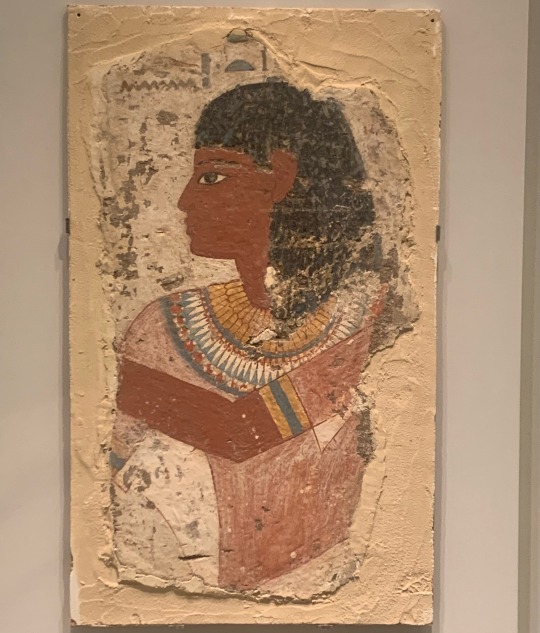
Tomb painting of Nebamun, the king’s chief sculptor, bringing an offering to the Gods
circa. 14th century BCE
Located in the Israel Museum
#ancient egypt#ancient history#egyptian mythology#history#egyptian hieroglyphs#egyptian gods#egyptian afterlife#egyptian art#egyptology#ancient art
165 notes
·
View notes
Text
Playing with the fancast thing again!
I woke up with the idea in mind that Tom Ellis should be on IWTV somehow, because I'm an idiot and I like to fancast, but unfortunately as I don't watch many movies and series, my list of actors is limited to a very small circle!
But let's play a little...
Erin Kellyman and Amelia Kellyman as Maharet and Mekare and I don't think I need to tell you why... (The one in the middle is Milly Kellyman and she's an athlete.)
(left) Erin - October 17, 1998 - 1,68m (British)
(right) Amelia - June 6, 1993 - not sure (British)

Tom Ellis - November 17, 1978 - 1,91m (British)... I have no idea who he could play, but like Ben Daniels (Santiago), he's the kind of actor who has the charisma to make you feel sympathy for the devil (if you know what I mean), so he could be something like Santino haha.


May El Calamawy - October 28, 1986 - 1,69m (Egyptian/Palestinian)... I've loved her since I saw her in 'Moon Knight' and thank you Marvel for that, she's a great actress and I'm just in love with her, it's that thing, I just want her in every possible production. I can't say she'd be a good Akasha because I don't think she'd fit that role, so she could be some gender-swapped character or maybe Chrysanthe.
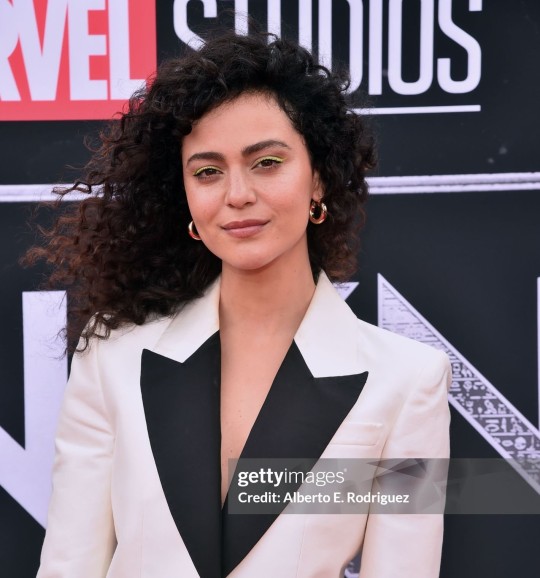
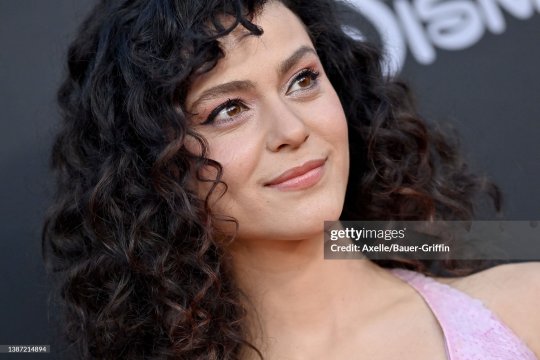
Jameela Jamil - February 25, 1986 - 1,79m (Indian/Pakistani born in UK)... Make her Lydia (Pandora) and make her kick some ass, make Arjun her little dog and in the end she can be with Bianca (I don't think she should be with Marius because he deserves to end up alone).
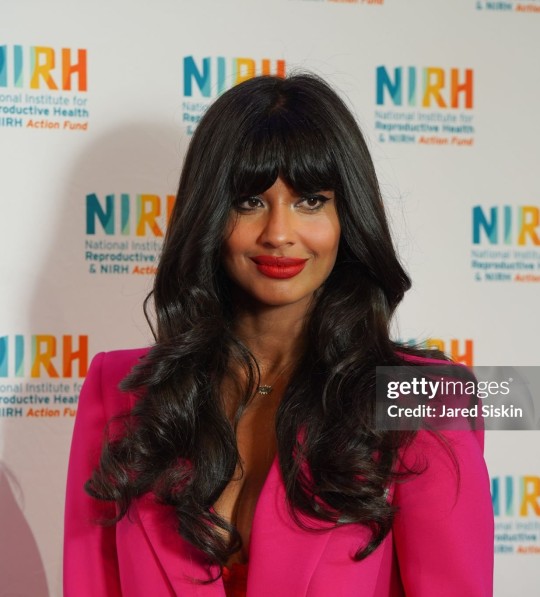

Eva Green - July 6, 1980 - 1,70m (French/Jewish descent on his mother's side)... How can you live without wanting this woman on your screen? I have no idea who she could be, but make her one of the old ones, a powerful one who puts fear into you, make her kick a lot of ass too.


Charles Dance as Magnus - October 10, 1946 - 1,91m (British)... It's so sad because I can only see Magnus as him, but if Christos Lawton is Magnus in S2 I'll be satisfied too.


Paul Bullion as Thornevald - June 4, 1988 - 1,91m (British)... Come on, he looks so much like Thorne, it's like he's going to start crying at any moment! And I wish the series would not only put Thorne and Cyril together, but make them a couple, because I would love that so much, them being the best clumsy duo at protecting and following Lestat around while being a complete mess, they need to stick together, I love them.


Gillian Anderson or Kristin Bauer van Straten as Gabrielle. To be honest, from the first time I saw Kristin I saw Gabrielle in her.
Gillian Anderson - August 9, 1968 - 1,60m (American/British)


Kristin Bauer van Straten - November 26, 1966 - 1,75 m (American)

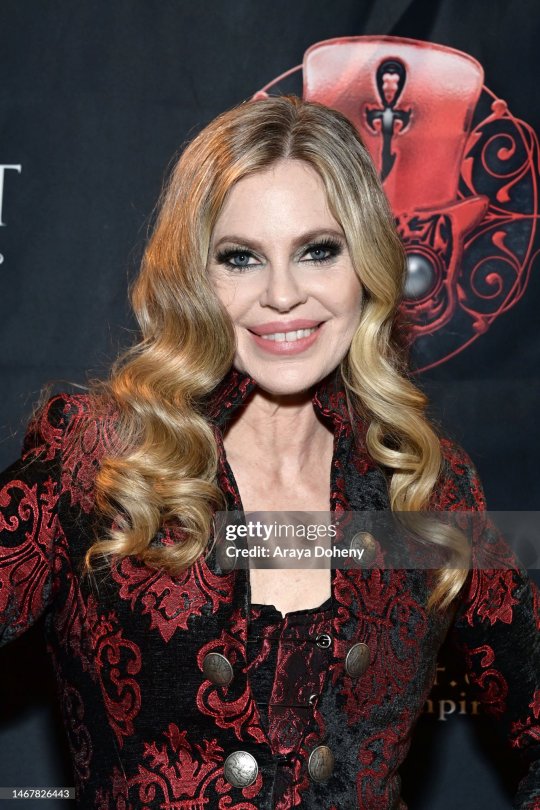
Oded Fehr as Nebamun (Gregory) - November 23, 1970 - 1,87m (Israeli)... That crush from 'The Mummy' that you never forget. Gregory being the biggest dad!

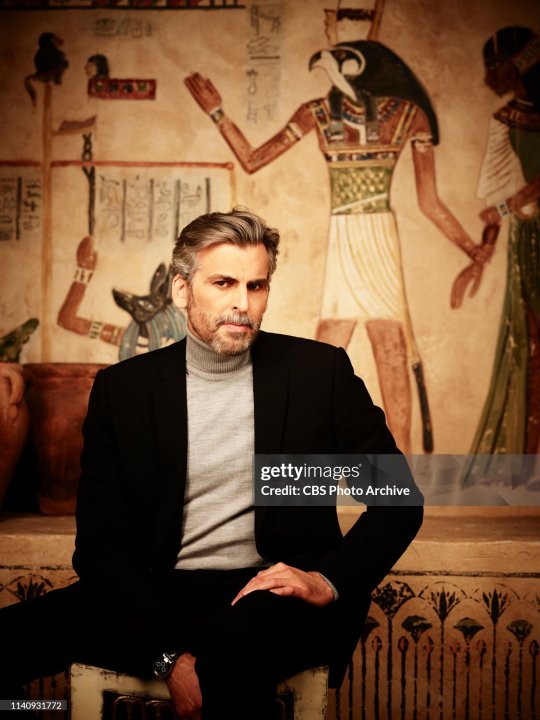
I had some funny fancasts for Marius from the moment I read him in 'The Vampire Lestat', but the only two that never left my head were Fawad and Pedro, sorry! Two completely impossible actors, but something in me screamed that Marius should be Latino (crazy) and I unfortunately won't change my mind about that.
Fawad Khan - November 29, 1981- 1,78 m (Pakistani)
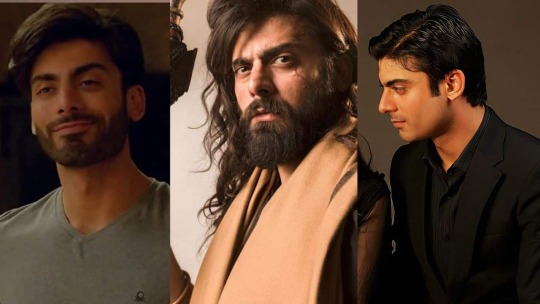
Pedro Pascal - April 2, 1975 - 1,80m (Chilean/American)... Every time I read Marius and the image of Pedro pops into my mind, I start to giggle (I love you Pedro!).


Sometimes I see Marius in Adam Cowie too, but unfortunately he's not an actor… June 3, 1988 - 1,88m (British/Model and Dante's face in DMC V).


That's all for now, there are a few other characters that I wish I could fancast, but unfortunately I don't have any references and they are:
Seth. I keep wondering who would be the ideal actor to be the best couple ever with Fareed! (Sorry, I love them too).
Sevraine. Another great woman I wanted kicking ass!
Avicus and Mael. Along with Fareed and Seth, the two of them are the couple I look at and shout "old married couple energy!"
Cyril. Because I want him kissing Thorne on the mouth!!!
Rhoshamandes. Poor dear Rhosh, poorly used in the books, I wish he had the same energy as Ben Daniels as Santiago, an actor who would make you love the great villain and that in the series he is that great villain and not just someone who gradually becomes mediocre.
edit 1)
Mahesh Jadu as Cyril, Khayman or Seth - October 26, 1982 - 1,83m (Australian)... My goodness he's beautiful, isn't he???? >///<
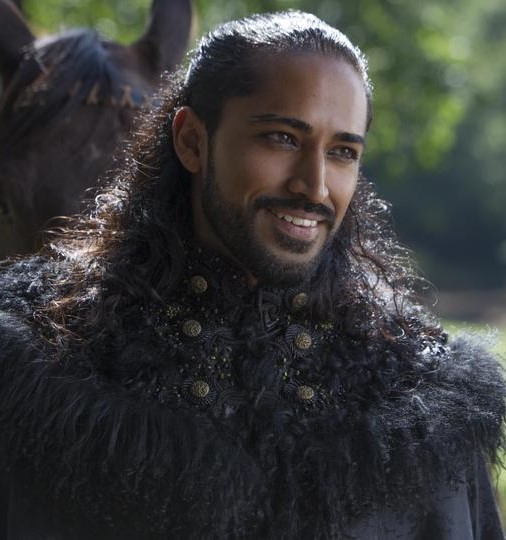

Please reblog with more fancasts!
#iwtv fancast#amc iwtv fancast#amc iwtv#iwtv#interview with the vampire#santino#chrysanthe#magnus#marius#throne#thornevald#lydia#pandora#gregory#nebamun#gabrielle#cyril#mekare#maharet#sevraine#rhoshamandes
9 notes
·
View notes
Note
Hi! I sent this ask to another Egyptology blog, but was unsure if they were taking questions/if that was the right place, so if they see this, I apologize! But essentially, I was curious about Egyptian pre/suffixes to names. I was wondering if there was a specific pre/suffix that means “son of-”/“-is my father”. I got into a rabbit hole regarding the suffix -mses, which I gather to mean “has been born”? And now am curious about whether or not there are familial suffixes to names, as is common throughout history due to lack of surnames at certain points. Thanks so much!
If that was @rudjedet, she's on a break rn so asks are getting answers when she has time/energy.
There are no pre/suffixes in names that mean 'son of' or 'is my father'. What you're reading as a suffix, 'msi', isn't really used like that in Egyptian. While it's true that the verb 'ms' does mean 'born/born of', it's only used in naming terms when used in conjunction with the name of a god. In the name of Ramesses it means 'Born of Ra' or in Amenmose 'Born of Amun'. It's much like Giovanni means 'God is Gracious'; it's not a suffix it's the meaning of the entire name. The word 'msi' can also be used to mean 'child', so there's an equal chance the names mean 'child of Ra', but again that's no different to any name that means 'gift of god' now.
People in ancient societies were often equated with members of their family via their names, such as a man being named as “son of” when he is addressed. However, when assessing these familial links we must bear in mind that Egyptian words for kinship are limited, and these words are sn and snt for brother and sister, but also meaning cousin, aunt, uncle, nephew or niece, and sA and sAt for son and daughter, but also meaning grandchildren or children that belonged to a spouse which were not their own, so we cannot say precisely which family member is being spoken of, but we do know that it is a familial relation of some kind.
So the most you're going to get in Egyptian is someone using sA n 'son of' or sA.t n 'daughter of' between two names. So Hori son of Nebamun is 'Hri sA n nb-imn' or Amenkhau son of Mutemhab is imn-xAw sA n mw.t-m-hAb.
More often than not, however, they're identified by their job titles before they're identified by who they're related to. You'll get Carpenter Panehesy or Stonemason Amunpanefer, before you'll get the 'son/daughter of' addition. They likely use this when two people have the same name and job title, thus identifying which one is which, or the person involved is a child or jobless and thus this makes it the only other way to identify them precisely.
Job titles/place of birth/family relations are the most common ways surnames have formed, with jobs like Cooper/Smith/Collier becoming surnames and other descriptive words like 'Black' (coming from hair colour) forming other surnames. I think you were looking for suffixes like they do in certain Scandinavian countries where the name of your father/mother becomes your last name? Like Ralf Olegsson is Ralf the Son of Oleg. This doesn't happen with names in Ancient Egypt, unfortunately.
84 notes
·
View notes
Text
So I’m sick with Covid (RIP me) so I have time to answer random Archaeology / Egyptology questions, and I just saw this on twitter so lemme nerd around a bit:

“Can anyone tell me, in the surviving Roman frescos - like pictured - is the pale green representative of the colour at the time of painting or is it less vibrant than the other colours due to differential fading?“ ¹
And the answer is, as with most things: Both, kinda?
a) green tends to fade fast, you notice this a lot with green hair, it’s bright for like the first 2 washes, and then bam, you’re left with swamp hair.
b) the pigments they used, back then, were mostly based on two minerals:
Celadonite (K(Mg,Fe2+)(Fe3+,Al)Si4O10(OH)2) and Glauconite (K,Na)(Fe3+,Al,Mg)2[(Si,Al)4O10(OH)2]), both of which are more of a grey-green or blue-green. ²
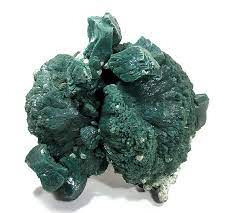

Now looking at other examples of green pigment in Roman art you notice relatively quickly that they mostly used darker shades of green (jewel tones), and highlighted them in yellow, like in the Villa of Livia in Prima Porta:

Let’s look at the different greens here:
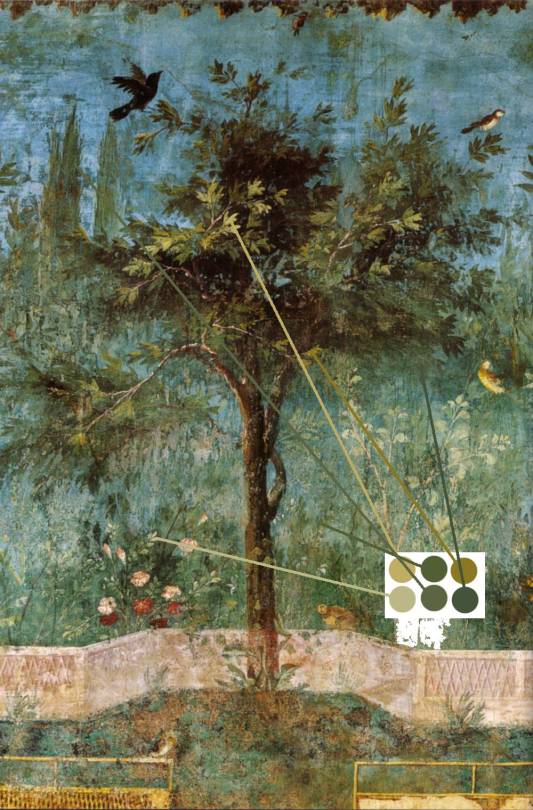
As you can see, they’re all either very yellow-toned, or jewel-toned. Except, to our eyes, they fresco looks pretty accurate to an IRL garden, right?
Finally, they also occasionally used Copper(II) acetate ( Cu2(OAc)4(H2O)2 ) which gives you a blueish-green pigment. You can spot that on older copper roofs or statues that contain copper. The colour this pigment produces is also not what we’d nowadays call a “bright” green.
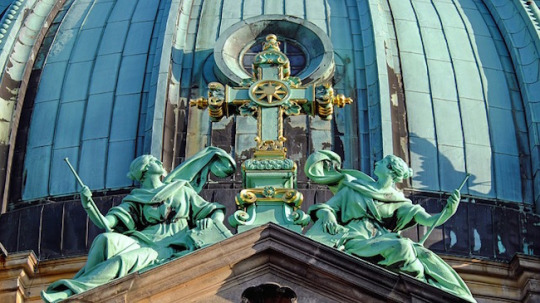
Compare that to the green used in Egyptian wall paintings, and you’ll notice they used a lot of the same green pigments, most of which are copper-based: ³
- Malachite Verdigris (CuCO3 Cu(OH)2 Cu(CH3COO)2 (Copper based)
- Chrysocolla(Cu,Al)2H2Si2O5(OH)4·nH2OA (Copper based)
- Copper chlorides Cu2Cl(OH)3 (Copper based)
- Egyptian blue or Egyptian green CaCuSi4O10 Cu glass (Copper based)
- Green earthK(Mg,Fe2+)(Fe3+,Al)[Si2O10](OH)2 (K,Na)(Fe3+,Al,Mg)2(Si,Al)4O10 (same green pigmets the Romans used)
Looking at this, it’s no surprise that most “green” things in Egyptian art are actually more of a blue-ish colour, fe. these wall-paintings from the tomb of Nebamun (18th dynasty):

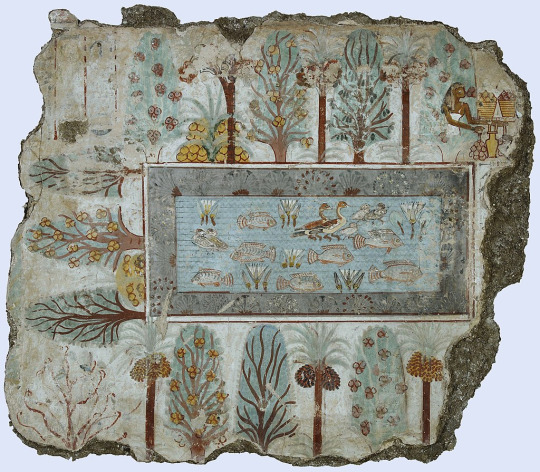
Which brings me to another interesting point: The Egyptians called the sea/ocean the wD-wr, the “great-green” - sure, they had a word to denote “blue”, related to the word for lapis lazuli (xsbD - lapis lazuli-coloured) - but they still called the ocean green :)
¹: https://twitter.com/alisonatkin/status/1554788114937282565
²: Nele Welter, Untersuchungen von Pigmenten in römischer Wandmalerei und antiken Gläsern, Würzburg 2008.
³: https://www.getty.edu/publications/mummyportraits/part-one/4/
#Archaeology#egyptology#pigments#rocks#geology#kinda#ask box is open#image-heavy#stef rambles about things
269 notes
·
View notes
Text


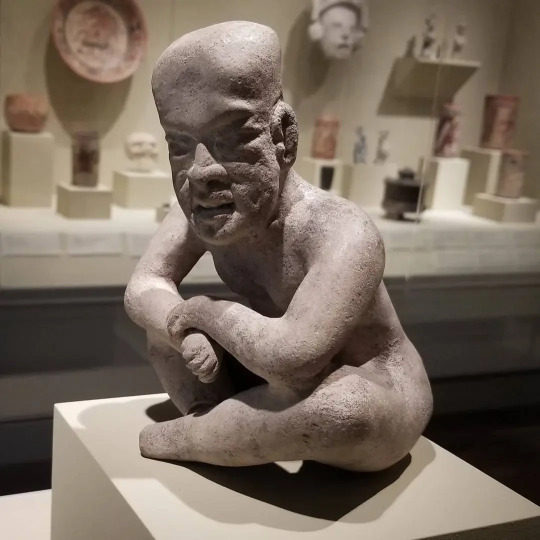
At the British Museum I saw a beautiful Egyptian fresco of the scribe Nebamun hunting birds (c. 1350 BCE). The fluid style startled me, it was so at odds with more formal Egyptian art we are used to seeing. Some time later I saw a painting of Minoan women gathering saffron on Santorini that was even 300 years older, but in an exquisite humanist style that might not be seen again for thousands of years. Most recently in the Portland Art Museum I found this Olmec figure of a man from 900 BCE that predates Hesiod & Homer but looks more modern than Archaic Greek art, and may be more comparable to work from Zhou dynasty China.
All this art seems more advanced than what followed, & I wondered what inspired these brief flourishing moments?
82 notes
·
View notes
Text

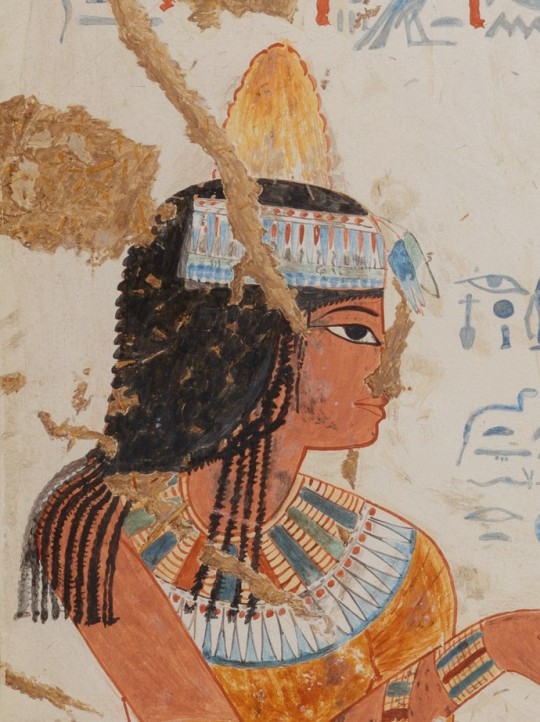

Nebamun Receiving Wine - Met Museum
Note: This is a Twentieth Century Copy
Inventory Number: 30.4.106
Original Dating: New Kingdom, Dynasty 18 ca. 1390–1349 B.C.
Location Information: Original from Egypt, Upper Egypt, Thebes, el-Khokha, Tomb of Nebamun and Ipuky (TT181)
Description:
Banquets happened during funerals or at celebratory occasions, such as the Beautiful Festival of the Valley. Guests at banquets are usually depicted with fine clothing and elaborate jewelry, and in a state of eternal youth.
The facsimile here shows the right part of one large banquet scene (for the left part see 30.4.105). On the right, the largest figure depicts the deceased, the sculptor Nebamun, with his immediate family members, while other attendees are featured in smaller sizes to the left. Standing before him is a female figure—Henutnefret, his wife or sister—who hands him a bowl of wine with the words "Drink and make a happy day!" Attendees often consumed an excessive amount of alcohol during these celebrations.
#nebamun receiving wine#met museum#tomb of nebamun#tomb of nebamun and ipuky#nebamun#ipuky#upper egypt#thebes#el-khokha#el khokha#new kingdom pr#new kingdom#dynasty 18#30.4.106#womens hair and wigs#NKPRWHW
0 notes
Text


Tomb Chapel of Nebamun
* c. 1350 BCE, 18th dynasty
* Thebes
* British Museum
London, July 2022
#Tomb of Nebamun#fresco#Egypt#14th century BCE#ancient#art#food#wine#offering#tomb#religion#British Museum#my photo
42 notes
·
View notes